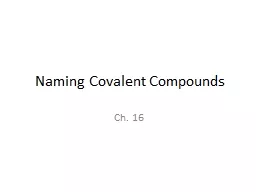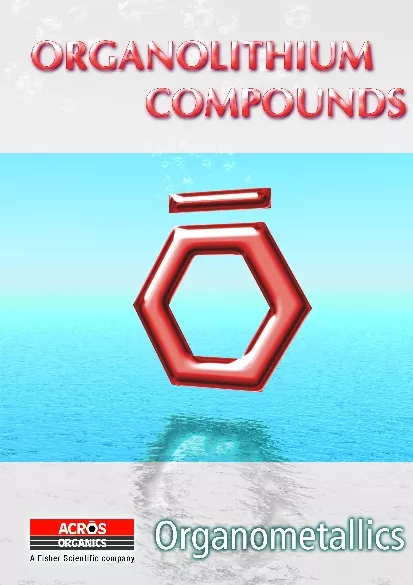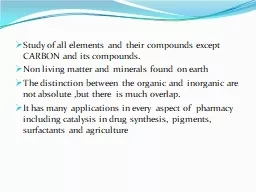PPT-Working Safely with Organolithium Compounds
Author : alexa-scheidler | Published Date : 2019-06-23
ITing Ho Sessler Group Safety Talk February 19 2013 References http wwwyaleeduehsonlinetrainingOrganoLithiumOrganoLithiumhtm How to use a syringe httpchemchemrochesteredu
Presentation Embed Code
Download Presentation
Download Presentation The PPT/PDF document "Working Safely with Organolithium Compou..." is the property of its rightful owner. Permission is granted to download and print the materials on this website for personal, non-commercial use only, and to display it on your personal computer provided you do not modify the materials and that you retain all copyright notices contained in the materials. By downloading content from our website, you accept the terms of this agreement.
Working Safely with Organolithium Compounds: Transcript
Download Rules Of Document
"Working Safely with Organolithium Compounds"The content belongs to its owner. You may download and print it for personal use, without modification, and keep all copyright notices. By downloading, you agree to these terms.
Related Documents














